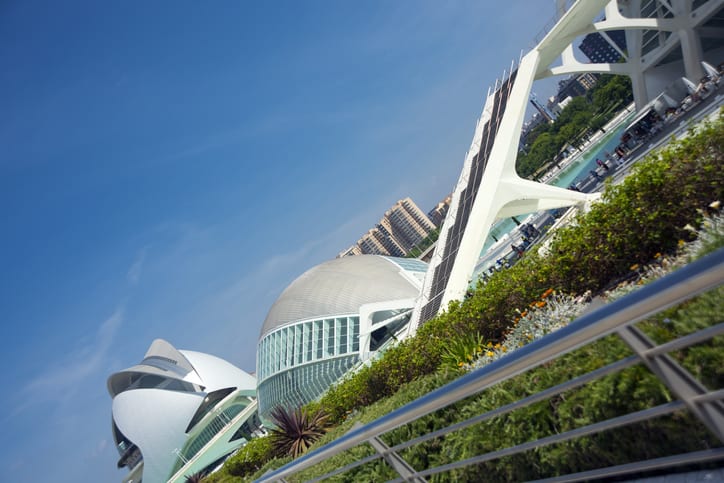
Green building has been a growing trend in construction for a while now… While the trend is not necessarily the newest thing, green building practices are continuing to evolve. Many of these innovations are sparked by cities around the country that are leading the charge in initiating sustainable building and clean energy policies.Here are 10 U.S. cities that are taking the lead in creating more sustainable and clean living. All these cities are having a big impact on construction and the structures people live and work in, according to The 2019 City Clean Energy Report.
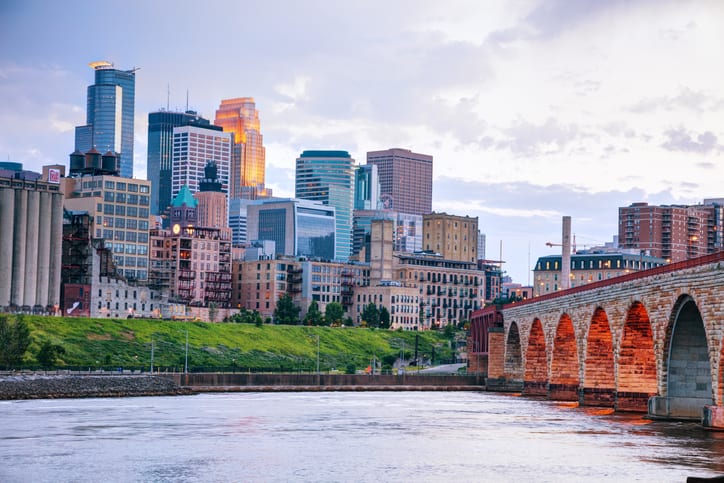
#10: Minneapolis
Score: 20/30 With more than 404 green building certifications across the city, Minneapolis is a strong advocate for sustainable building standards, such as LEED.
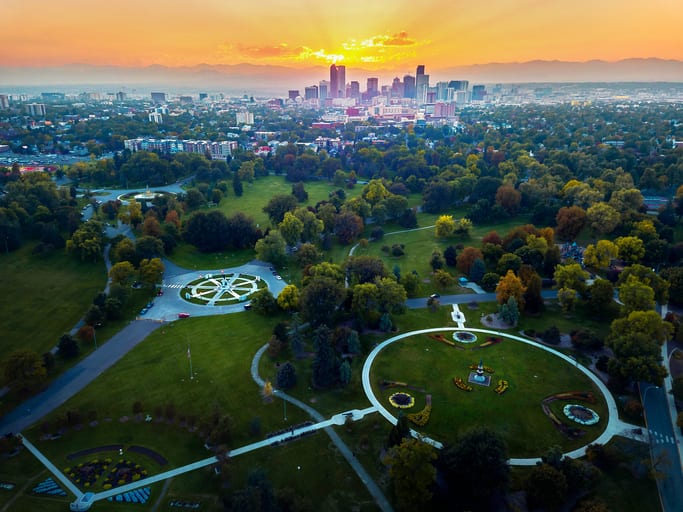
#9: Denver
Score: 20/30 In 2018, Denver launched a new and improved Green Building Ordinance that requires all new buildings over 25,000 square feet to have a green roof. The ordinance is expected to increase the amount of green space in Denver by more than 3.5 million square feet by 2050.
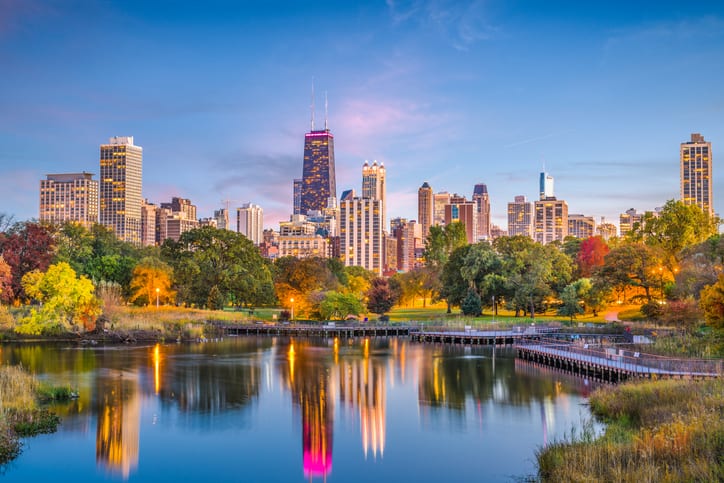
#8: Chicago
Score: 20.5/30 With over 300 green rooftops, a large list of certified green restaurants and caterers, 10 green museums, and the world’s first airport with an aeroponic garden, Chicago is a pioneer in the green building sphere.
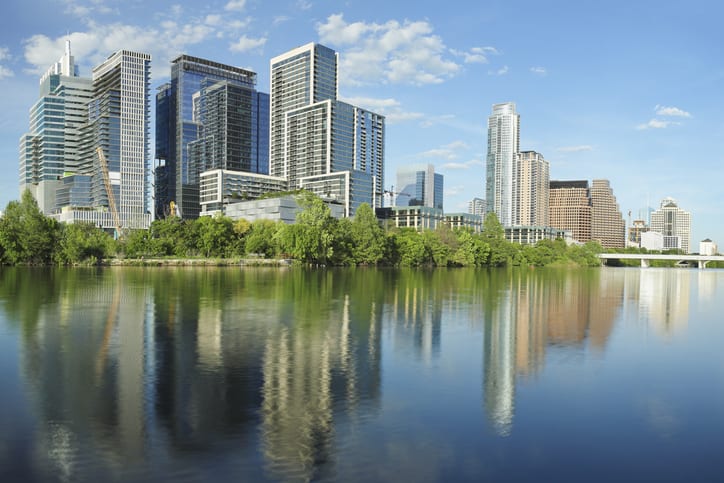
#7: Austin Score: 21/30 The city has put forward strict green building codes and adopted solar-ready regulations for new residential construction projects.Additionally, in 1991 the city created the Austin Energy Green Building program which recently surpassed more than 15,000 single-family homes that have incorporated environmental and energy-saving features into their design and construction.
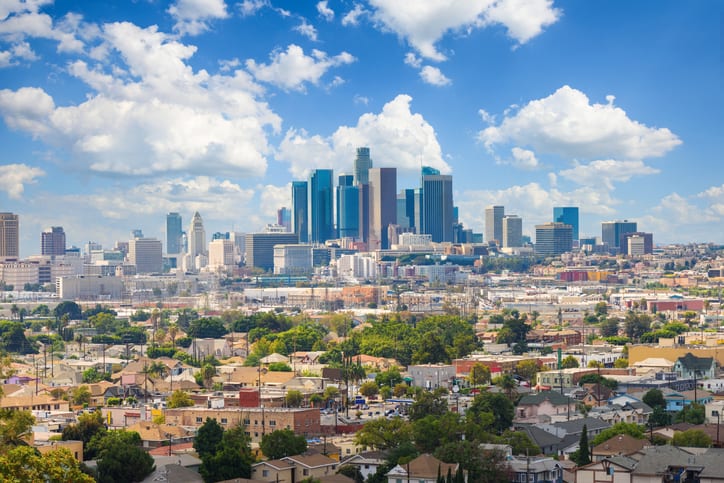
#6: Los Angeles
Score: 21.5/30 Los Angeles Mayor, Eric Garcetti, recently proposed a new plan that would require all new buildings constructed in the city to reach net-zero carbon emissions by 2030. Although some might see this initiative as idealistic, Los Angeles is certainly not lacking when it comes to green building.
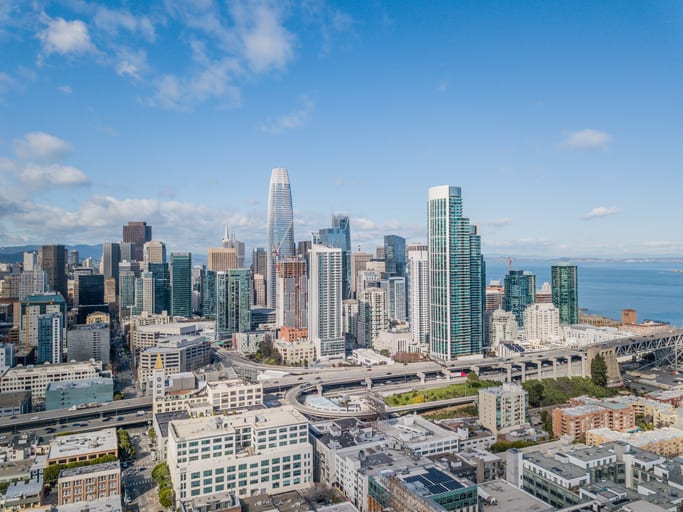
#5: San Francisco
Score: 21.5/30Constantly rolling out green building initiatives that reduce energy and water usage, encourage green-friendly modes of transportation, and improve indoor air quality, San Francisco has been able to cut down greenhouse-gas emissions to 36 percent from 1990 levels.
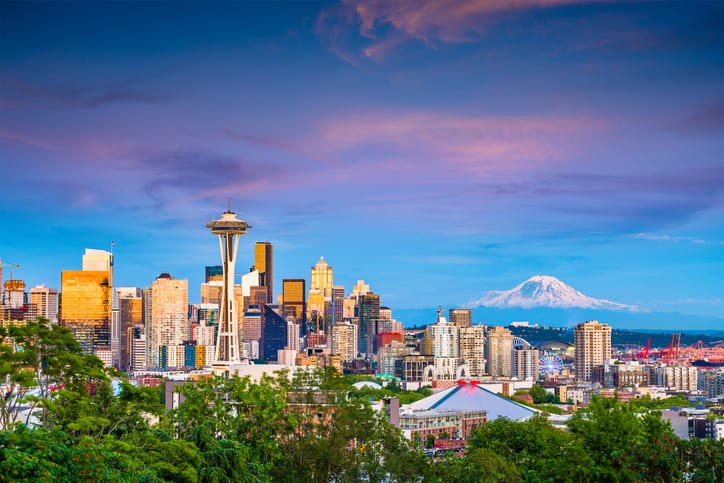
#4: Seattle
Score: 22/30 The city has been implementing sustainable building practices since the late ’90s when it began requiring all new buildings over 5,000 square feet to meet LEED certification standards.Today, Seattle has continued on its legacy by recently announcing a Climate Action Plan that lays out how the city will become completely carbon neutral by 2050.
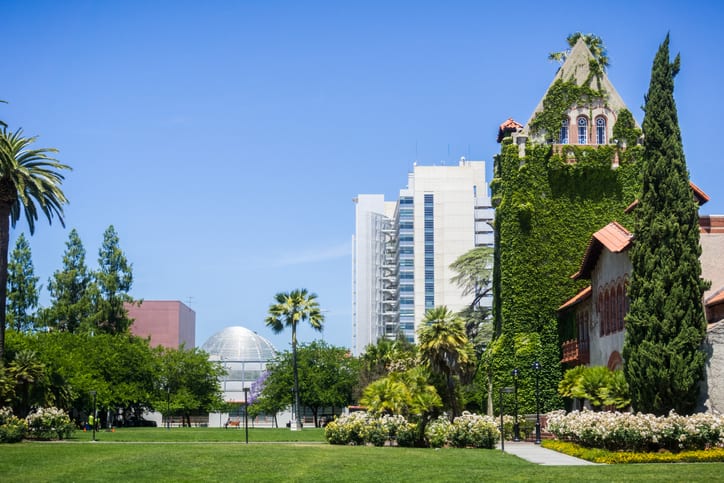
#3: San Jose
Score: 23/30 Considered one of the most improved cities, San Jose’s green building policies have significantly increased in the past couple of years. San Jose has the first city hall in the nation to reach LEED Platinum Certification and the city has plans to become the Bay Area’s first LEED city.
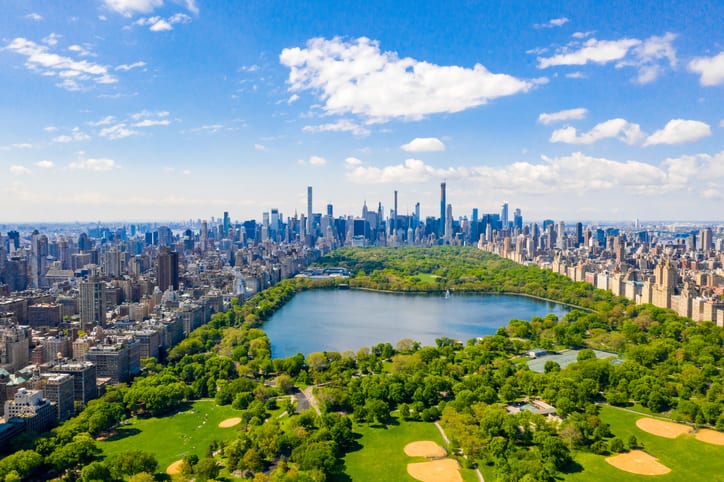
#2: New York City
Score: 25/30 In April, NYC passed one of the most stringent climate bills in the country calling for all buildings to cut their carbon emissions by 40 percent. This policy is just one benchmark in a bigger plan to cut greenhouse gas emissions in the city by 80 percent by 2050.
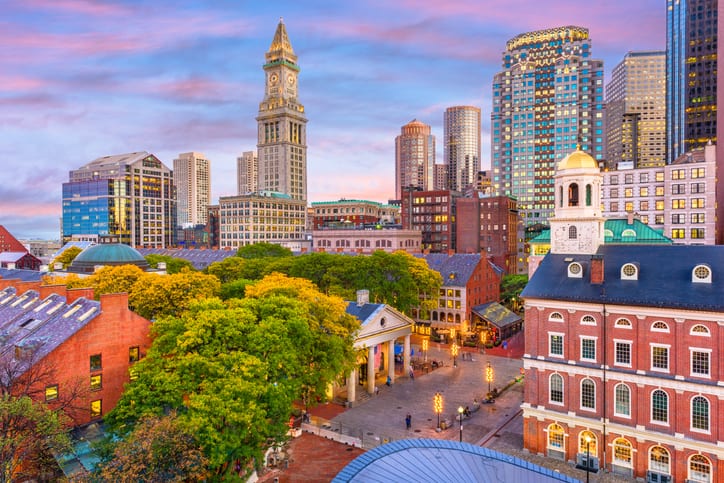
#1: Boston
Score: 25.5/30 Maintaining its spot for the second year in a row, Boston is considered a national leader in the green building community. Over the past decade, Boston’s investments in green building have saved approximately $24 million in energy costs.
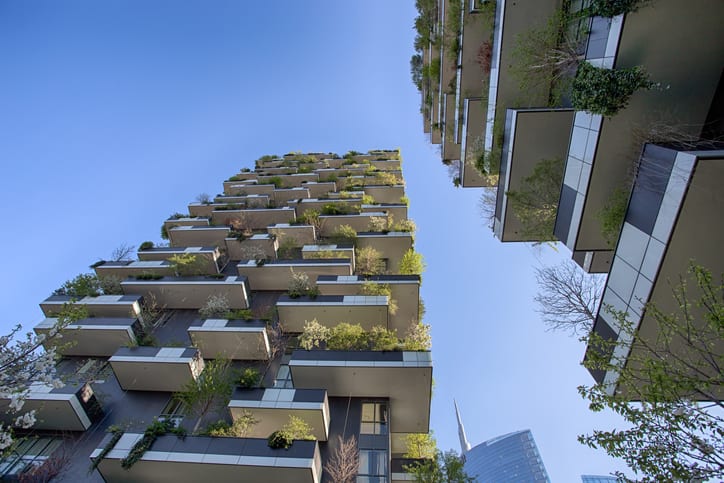
Green building is growing quickly and your business could grow right alongside it. Download Procore’s free ebook, The Future of Green Building and the Technology We’ll Need to Build it, to discover the newest, innovative materials coming to the industry and how they could play a part in your business.
Leave a Reply